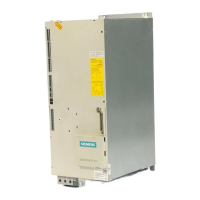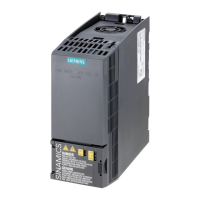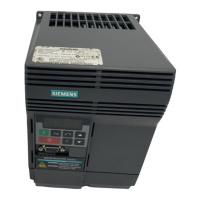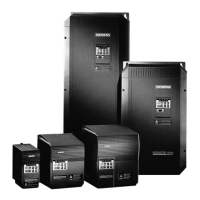1. OVERVIEW English
© Siemens plc 1999 G85139-H1751-U529-D1
7
4/8/9
1.1 Installation - General notes
Environmental Requirements
Hazard Notes
Ideal Installation
Temperature
Altitude
Shock
Vibration
Electro-
Magnetic
Radiation
Atmospheric
Pollution
Water
Overheating
Min. Operating = 0°C
Max. Operating = 50°C (MMV)
Max. Operating = 40°C (MDV)
If the Inverter is to be installed at an altitude >1000m, derating will
be required.(Refer to DA64 Catalogue)
Do not drop the inverter or expose to sudden shock.
Do not install the inverter in an area where it is likely to be
exposed to constant vibration.
Do not install the inverter near sources of electro-magnetic
radiation.
Do not install the inverter in an environment, which contains
atmospheric pollutants such as dust, corrosive gases, etc.
Take care to site the inverter away from potential water hazards.
e.g. Do not install the inverter beneath pipes that are subject to
condensation. Avoid installing the inverter where excessive
humidity and condensation may occur.
Ensure that the inverter’s air vents are not obstructed, including
the air vent at the front of the unit, which should be at least 15mm
from any obstruction. Additional ventilation may be required for
horizontal mounting.
Make sure that there is an adequate air-flow through the cabinet,
as follows:
1. Using the formula below, calculate the air-flow required:
Air-flow (m3 / hr) = (Dissipated Watts / DT) x 3.1
2. If necessary, install cabinet cooling fan(s).
Note:
Dissipation (Watts) = 3-5% of inverter rating.
DT = Allowable temperature rise within cabinet in °C.
3.1 = Specific heat of air at sea level.
160 mm
100 mm
Lateral clearance, from housing size 7 = 100 mm
Figure: 1.1
Note: The Plastic Material of the case can be degraded by oil or grease. Care should be taken to ensure that the mounting
surface and fixings are thoroughly degreased before use.
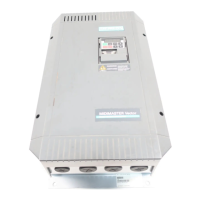
